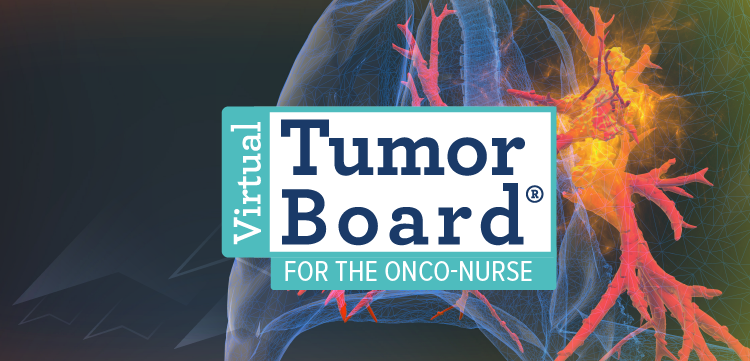
Digital Twin Technology Enhances Blood Sugar Control in Type 1 Diabetes
A cloud-based digital twin simulation, coupled with automated insulin delivery, allows patients with diabetes to experiment with their own data on glycemic control in a safe simulation environment before adjusting their system.
Pairing digital twin simulation technology with automated insulin delivery (AID) systems can significantly improve blood sugar control for people with type 1 diabetes (T1D), according to a
While automated insulin delivery systems have become the gold standard in type 1 diabetes treatment, improving glycemic control and reducing the burden of disease management, they often plateau at a time-in-range (TIR) of 70%–75%, especially during daytime hours.
To address the lack of adaptability of automated insulin delivery systems, researchers introduced a new system, referred to as adaptive biobehavioral control or ABC, that integrates cloud-based digital twin simulations. While automated insulin delivery systems help users better manage type 1 diabetes, adaptive biobehavioral control technology is designed to improve blood-sugar control during the day, when fluctuations occur more frequently due to meals and physical activity.
Each participant’s automated insulin delivery data was used to create a personalized digital twin — a computer model of their metabolic system. This model allowed for biweekly optimization of key therapy parameters, such as carbohydrate ratios and basal insulin rates. Importantly, it also enabled users to simulate “what-if” scenarios and better understand the impact of adjusting their treatment settings.
“This is the first study that maps each person to their ‘digital twin’ in the cloud and enables people with diabetes to experiment with their own data to learn how their artificial pancreas system would react to changes, in a safe simulation environment, before adjusting their system,” lead researcher Boris P. Kovatchev, Ph.D., director of the Center for Diabetes Technology, University of Virginia School of Medicine in Charlottesville, said in a
Participants using the digital twin co-adaptation system improved their average TIR from 72% to 77%, and their glycated hemoglobin (HbA1c) levels dropped from 6.8% to 6.6%, both statistically significant changes. These improvements were achieved without increasing the risk of hypoglycemia and appeared to benefit those with poorer baseline control the most.
Information feedback alone, using traditional graphs and metrics, showed no additional benefit beyond automated insulin delivery. However, the interactive simulation empowered users to engage meaningfully with their treatment, contributing to sustained improvements, even up to six weeks after the ABC system was turned off.
The ABC system currently works with the Control-IQ AID system from Tandem Diabetes Care and relies on the UVA/Padova simulation model. While adapting this technology to other AID systems is feasible, it would require customized interfaces to match their unique control algorithms.
Researchers noted high engagement from participants, many of whom used the app daily. No adverse events were reported, and only one participant dropped out, citing unrelated reasons. While the technology is currently geared toward adult patients, future iterations may allow parents or caregivers to use the system for pediatric patients.
Researchers said this study represents the first successful integration of digital twin simulations with AID systems in a way that enables real-time user adaptation. It lays the groundwork for personalized, interactive, and more effective diabetes management, researchers said. Researchers now aim to explore broader applications, including across different AID platforms, age groups, and over longer durations to assess the sustainability of benefits.
Newsletter
Get the latest industry news, event updates, and more from Managed healthcare Executive.

















































